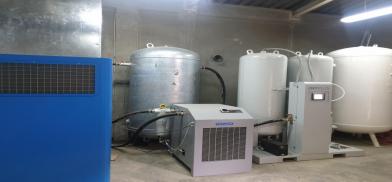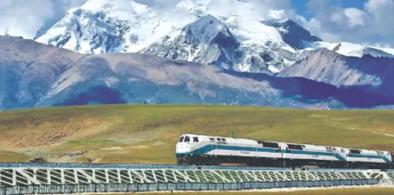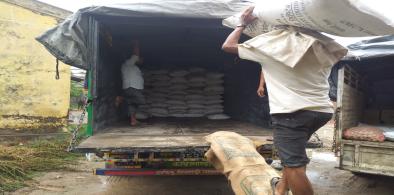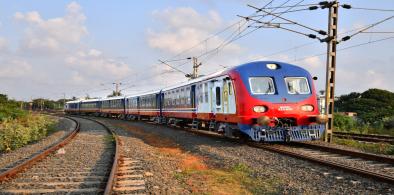Nepal to get its first liquid oxygen plant
Nepal's first liquid oxygen plant is set to come up at Bhairahawa, around 265 km west of the country’s capital Kathmandu

Nepal's first liquid oxygen plant is set to come up at Bhairahawa, around 265 km west of the country’s capital Kathmandu. The country’s sole importer of liquid oxygen, Shankar Oxygen Gas, plans to set up the plant by investing around Rs 1 billion.
Managing Director Shankar Lal Agrawal told The Kathmandu Post that the foundation stone of the factory would be laid on Sunday in Bhairahawa, administrative headquarter of Rupandehi district in Lumbini province, to produce the life-giving gas.
The company imports liquid oxygen from India and currently supplies it to half a dozen hospitals.
The hospitals were forced to resort to bottled oxygen for several days last month after Indian authorities ordered a halt to exports following an oxygen crisis at the height of the second wave of Covid 19.
“We will no longer need to import liquid oxygen from India after we set up the plant,” said Agrawal. “I plan to invest around Rs1 billion to build the factory.”
Hospitals having the facilities to use liquid oxygen say it is much easier than using oxygen in cylinders as the gas can be piped into the patients' rooms directly from the tanks.
According to Agrawal, the proposed oxygen plant will have a capacity to produce 60 tonnes (around 7,000 cylinders) per day. “I hope to complete the construction within a year,” he said.
Several other oxygen manufacturers, however, doubt the project’s viability because of the high cost involved and the largely saturated market in normal times.
“Though having a liquid oxygen plant in the country is better than importing it from India, I don’t see the feasibility of a liquid oxygen plant in Nepal due to the high investment and already saturated domestic oxygen market in normal times,” said Gaurav Sharda, president of the Oxygen Industry Association of Nepal, a grouping of Kathmandu-based oxygen plants.
According to the Oxygen Industry Association, the eight Kathmandu-based oxygen plants were turning out around 5,000 cylinders daily in pre-second wave times despite having a combined capacity of 8,000 cylinders daily.
About 70 percent of their output used to go to hospitals and the rest to industries and households, according to the association.
(SAM)
















Post a Comment